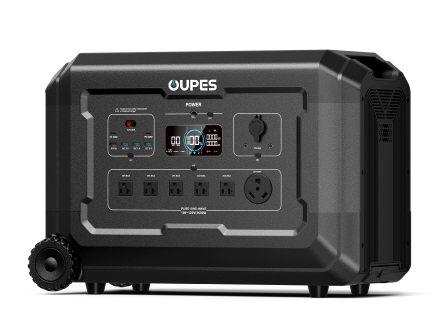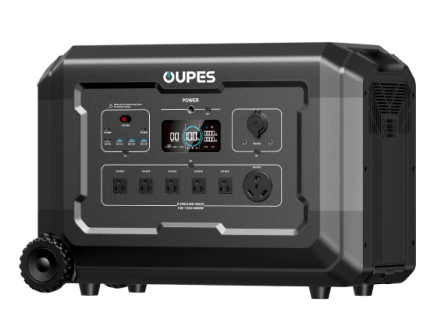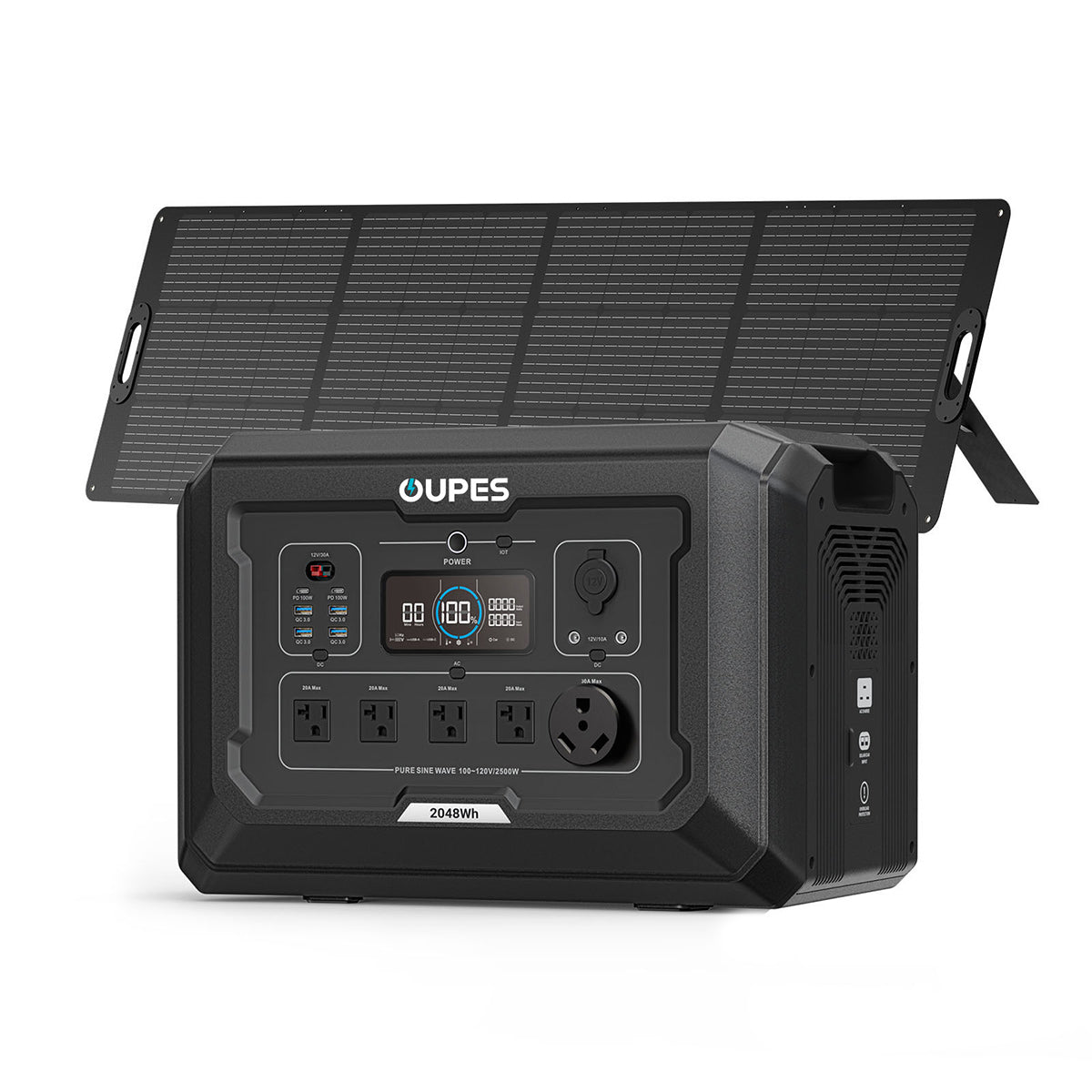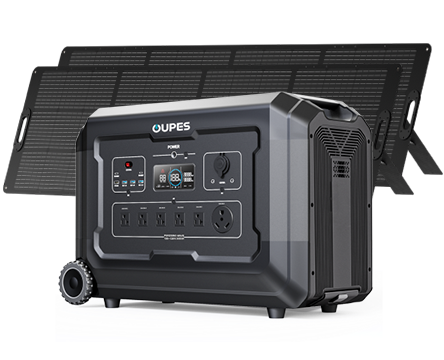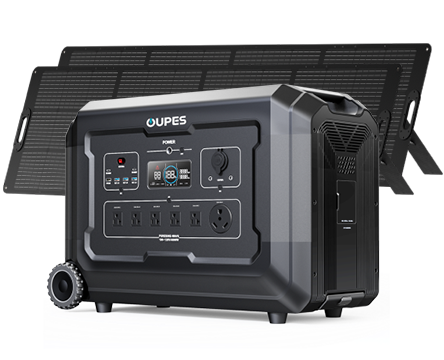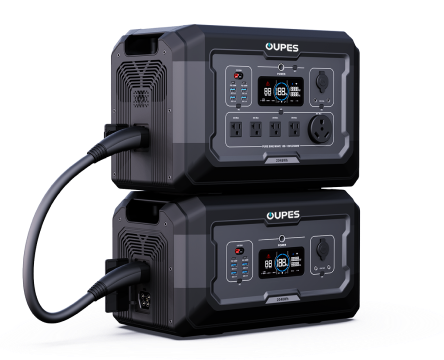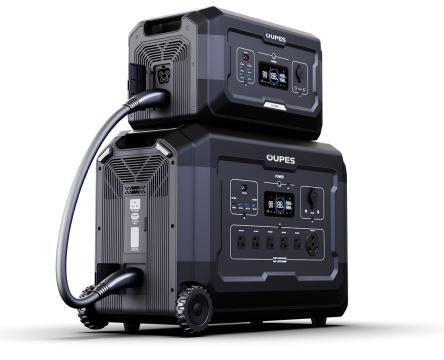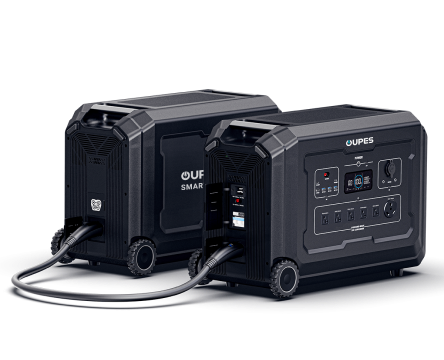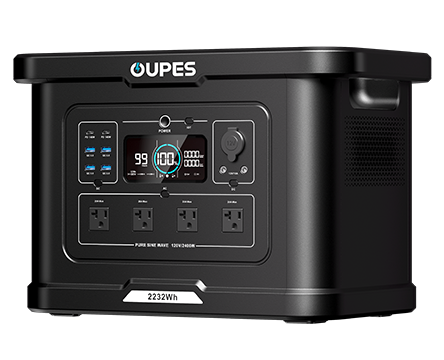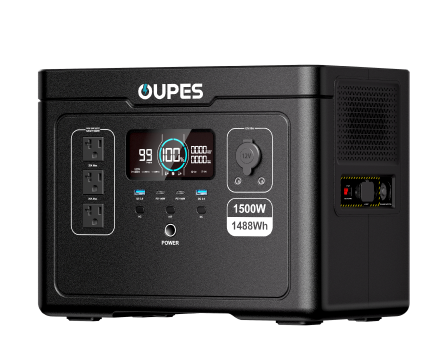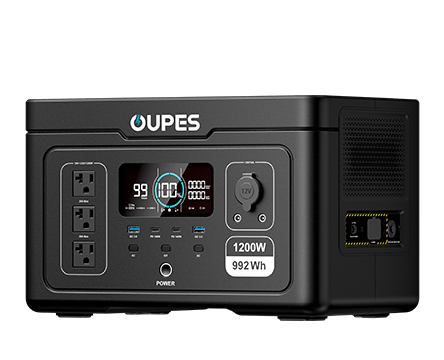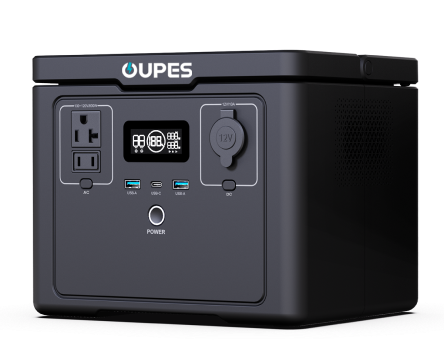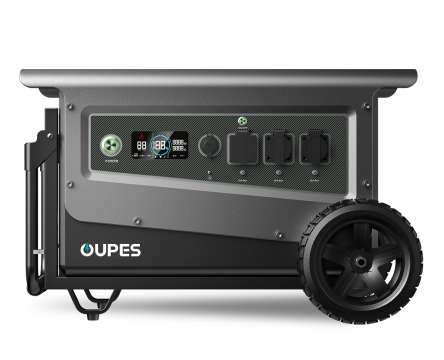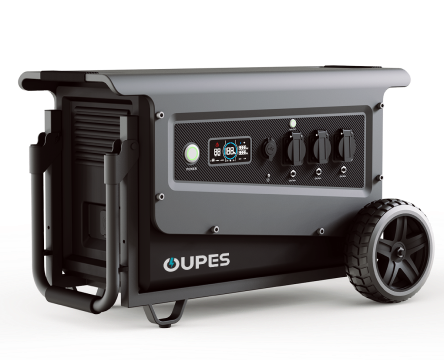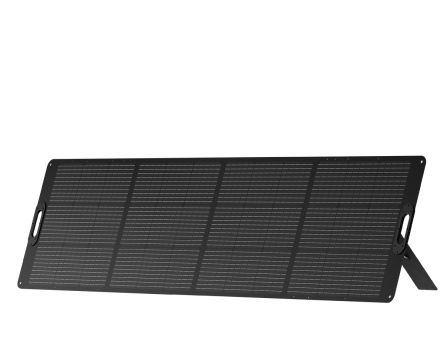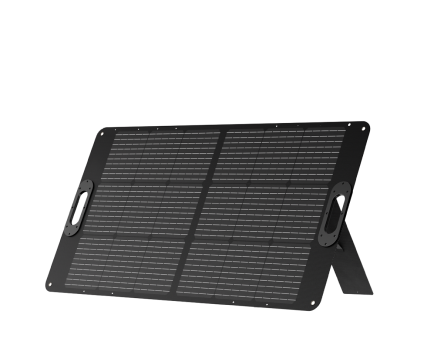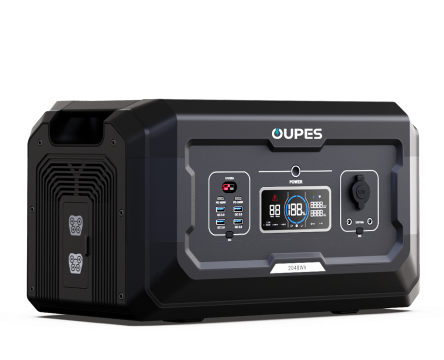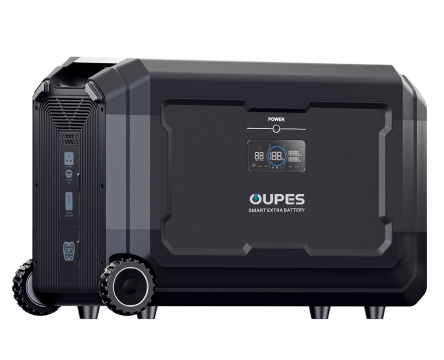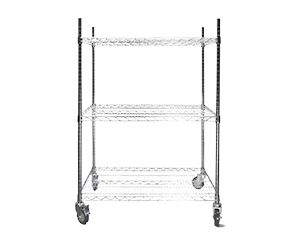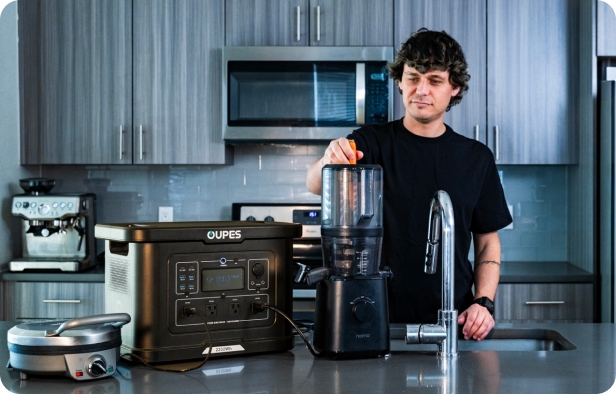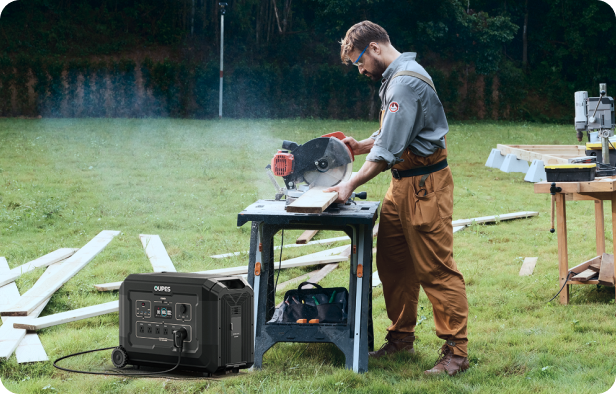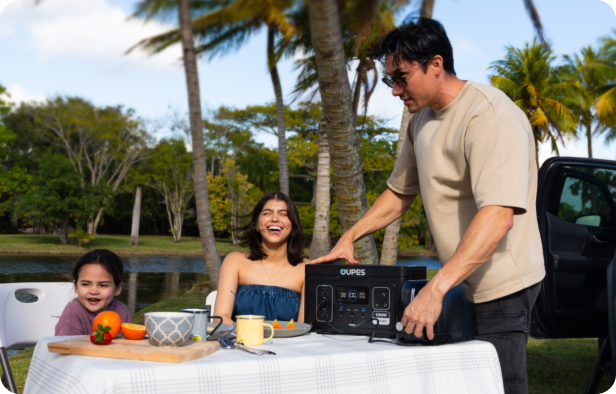
In a world where power outages lurk like storm clouds and fuel prices dance unpredictably, the solar generator emerges as a modern-day Prometheus—stealing fire from the sun to power our fragile human ecosystems. But this technological titan comes in countless forms, each promising energy salvation while hiding complex tradeoffs behind glossy marketing. The quest for the ultimate solar generator isn’t about finding a product—it’s about discovering the perfect electrochemical symbiosis between your needs and the sun’s capricious generosity.
From compact suitcase units whispering 200 watts to industrial behemoths roaring 10,000, the market teems with options. Yet the “best” remains infuriatingly subjective—a kaleidoscope of battery chemistries, photovoltaic efficiencies, and human aspirations. Let’s dissect this solar labyrinth, where lithium meets sunlight in a molecular tango that powers our most vital devices.
The Anatomy of Solar Generator Excellence
At its core, a superior solar generator is a trinity of components locked in delicate balance. The battery—often lithium iron phosphate (LiFePO4)—serves as the beating heart, its cycle life determining the system’s longevity. Modern units like the OUPES Mega 5 boast 6,000 cycles at 80% depth of discharge, outliving lead-acid alternatives by decades. The solar panels act as photosynthetic lungs, with monocrystalline cells now converting over 23% of sunlight into electrons. But the unsung hero is the inverter—a digital alchemist transforming DC to AC with surgical precision. Pure sine wave outputs below 3% THD (total harmonic distortion) protect sensitive electronics from waveform corruption, a feat cheaper modified sine models can’t match.
Portability wars complicate the equation. Lightweight units under 30 pounds sacrifice capacity for mobility, while stationary power stations prioritize kilowatt-hours over transportability. The OUPES Flex 1000 threads this needle with modular design—removable battery packs that distribute weight without compromising capacity. Input/output flexibility separates contenders from pretenders: look for generators accepting simultaneous solar, AC, and EV charging, bypassing single-source limitations. Wireless connectivity transforms these systems from dumb batteries to smart energy hubs; the OUPES Nexus app allows real-time monitoring and load prioritization during outages.
Battery Technology: The Longevity Crucible
Lithium’s reign faces challengers. While LiFePO4 dominates premium models with its thermal stability and 10+ year lifespan, sodium-ion batteries loom on the horizon—promising cheaper materials and superior cold-weather performance. Current frontrunners like the OUPES ArmorCell use graphene-doped anodes to achieve 15-minute 80% charges without dendrite formation. Calendar aging remains the silent killer: even unused batteries degrade 3-5% annually through electrolyte oxidation. Advanced battery management systems (BMS) combat this via active cell balancing and temperature-controlled storage modes.
Depth of discharge (DoD) dramatically impacts longevity. A generator cycled daily to 90% DoD may last 5 years, while one kept at 50% DoD could survive 15. The OUPES SmartCycle algorithm automates this, learning usage patterns to optimize charge thresholds. For extreme environments, self-heating batteries maintain functionality below -4°F—vital for arctic explorers and alpine cabins. Saltwater corrosion resistance, tested in marine-grade units, extends viability for coastal installations where salty air devours lesser systems.
Solar Synergy: Beyond Basic Photovoltaics
Panel pairing transforms generators from energy prisons to open ecosystems. The OUPES SolarSync technology exemplifies this—intelligent MPPT controllers that dynamically adjust to panel configurations, whether series, parallel, or hybrid. For urban users, balcony solar kits with micro-optimizers harvest energy without rooftop access. Portable setups demand rugged panels: ETFE-coated laminates withstand hailstorms, while folding designs with kickstands optimize angles on uneven terrain.
Cloudy-day performance separates adequate from exceptional. Bifacial panels capture ground-reflected light, boosting yields 20% in snowy or sandy environments. AI-driven forecasting, like OUPES’s WeatherLink, pre-charges batteries before storms using grid power, then switches to solar post-crisis. For perpetual overcast regions, integrated wind charging ports allow hybrid energy harvesting—though few generators currently support this nascent technology.
Load Management: The Art of Energy Triage
True power mastery lies not in raw capacity but intelligent distribution. The OUPES Smart Panel exemplifies this—a 10-circuit hub that prioritizes medical devices during outages while deprioritizing water heaters. Surge capacity becomes critical: a generator’s ability to handle 3-5x its rated wattage for milliseconds determines whether it can start refrigerator compressors or well pumps. Advanced units employ supercapacitors to buffer these surges without taxing the main battery.
Phantom loads lurk everywhere. A generator left in standby mode may bleed 30W continuously—enough to drain a 1000Wh battery in 33 hours. Solutions like OUPES’s ZeroDrain technology reduce parasitic loss to 0.5W through optical relays and disconnected USB ports. For solar purists, DC appliances bypass inverter losses: 12V RV fridges consume 40% less energy than their AC counterparts when plugged directly into generator outputs.
The Sustainability Paradox
Solar generators promise green energy but face production dilemmas. Cobalt in lithium batteries often comes from contested mines, while panel manufacturing still involves carbon-intensive processes. OUPES’s closed-loop recycling program attempts to mitigate this—recovering 92% of battery materials for reuse. Second-life applications repurpose aged cells for grid storage, though capacity fading remains an issue.
Carbon payback periods reveal uncomfortable truths: a 5kWh solar generator offsets its manufacturing emissions in 2-3 years of fossil fuel displacement. New solid-state battery designs promise cleaner production, but commercial availability lags. Ultimately, the “best” generator must balance performance with environmental ethics—a tightrope walk between current needs and future consequences.
Conclusion: The Illuminated Path Forward
Choosing the ultimate solar generator demands merciless self-assessment. Urban preppers need silent reliability during blackouts, while off-grid nomads crave modular expandability. The OUPES Titan series, with its scalable battery architecture and AI-driven load management, currently leads the residential sector—but disruptive technologies lurk on the horizon.
As perovskite solar cells and graphene batteries mature, today’s champions will seem quaint. Yet the core truth remains: the best solar generator isn’t a product, but a partnership—one that bends sunlight to human will while respecting planetary boundaries. In this dance of photons and electrons, we find not just power, but progress.


